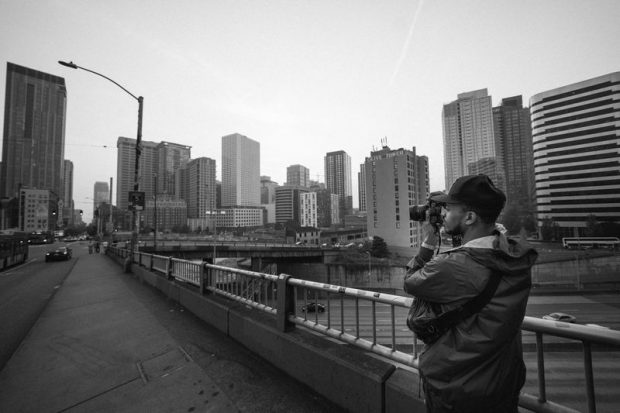Some Ideas on Framing Streets You Need To Know
The Facts About Framing Streets Revealed
Table of ContentsThe Buzz on Framing StreetsMore About Framing Streets4 Easy Facts About Framing Streets DescribedSome Known Details About Framing Streets Some Ideas on Framing Streets You Should KnowFraming Streets Fundamentals Explained
, typically with the objective of recording images at a decisive or touching moment by careful framing and timing. https://www.easel.ly/infographic/04m0k9.
, that was motivated to take on a comparable paperwork of New York City. As the city established, Atget helped to promote Parisian roads as a worthwhile topic for digital photography.

A Biased View of Framing Streets
In between 1946 and 1957 Le Groupe des XV annually exhibited work of this kind. Andre Kertesz. Circus, Budapest, 19 May 1920 Street photography developed the major material of two exhibitions at the Museum of Modern Art (Mo, MA) in New York curated by Edward Steichen, 5 French Professional Photographers: Brassai; Cartier-Bresson, Doisneau, Ronis, Izis in 1951 to 1952, and Post-war European Photography in 1953, which exported the concept of street digital photography worldwide.
3 Easy Facts About Framing Streets Described
, then read this an educator of young kids, associated with Evans in 193839.'s 1958 publication,, was significant; raw and often out of emphasis, Frank's photos questioned conventional photography of the time, "tested all the formal guidelines laid down by Henri Cartier-Bresson and Pedestrian Evans" and "flew in the face of the wholesome pictorialism and genuine photojournalism of American magazines like LIFE and Time".